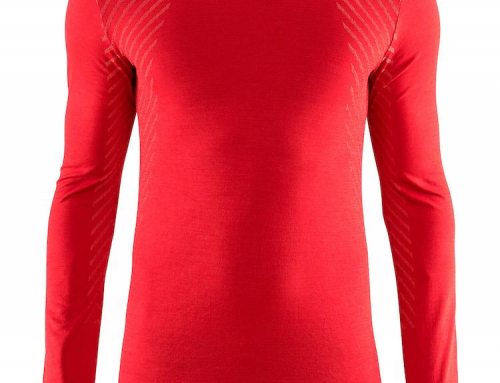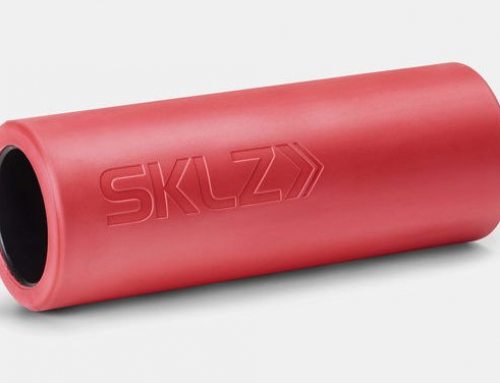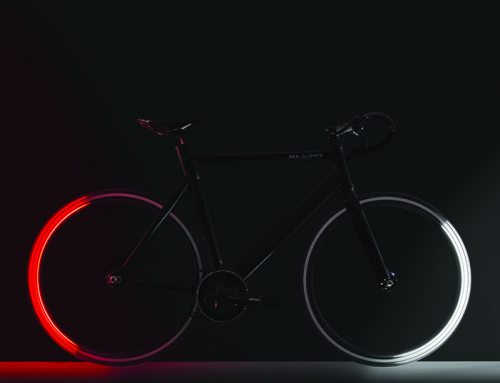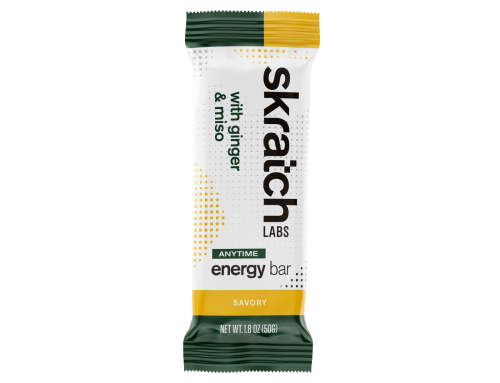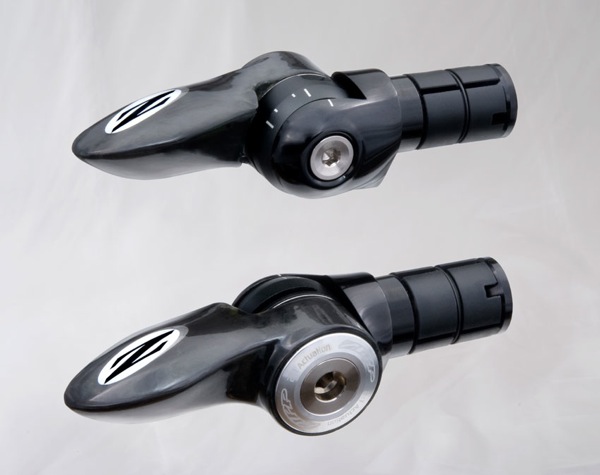
Zipp Vuka R2C Shift Levers $375 (SRAM R2C shifters: $410)
By Cid Cardoso, Jr.
The Zipp VukaR2C is one of those products that when I first saw it, I thought, “Why didn’t someone think of this before!” When you think about it, it is even more intriguing considering that Shimano STI Levers and other forms of road shift levers have used basically the same concept for 15 years. The VukaR2C are bar end shift levers designed to reset to their original position after every shift, thus keeping them pointing in the same position relative to the aerobar extensions, regardless of the gear you shift to. Logically, “R2C” stands for “return to center.”
Introduced last year by Zipp, the levers hit the market roughly at the same time as SRAM’s R2C Aero Shifters. This twin introduction, along with the similar inner mechanism of both shifters, is due to the fact that Zipp is owned by SRAM. Like wheels, the companies’ owners have decided to offer products in the same category by both brands, with similar looks and characteristics but supposedly catering to different customers. While SRAM’s version went for a narrower and smaller shifting blade, Zipp’s version went for a more robust yet pointier shifting unit, which is supposed to improve aerodynamics and comfort in a more ergonomic shape. Zipp claims that this design change can save 6 seconds over a 40K time trial!
With any new product I test, I first try to assess whether the product works well as intended, and second, whether it offers any advantage over previously available products. The answer to the first question is yes. Just like an STI lever, the shifter returns quickly and crisply to its original preset position after every shift. To make up for the fact that the lever does not change position in relation to the aerobar extensions as gears are shifted, the body of the Vuka R2C shifters (and the SRAM’s R2C for that matter) has little markings that specify the position that each derailleur is located. This allows the rider to know immediately which gear he or she is using without having to glance down or back at the chainrings or cogs. I did find the shift levers from both R2C versions a little harder to move at first, especially compared to Shimano Dura Ace’s bar end shift levers or even SRAM’s regular 900 TT carbon shift levers. There was no tension adjustment, so at first I was a little worried, but after about 3 weeks of riding there was a noticeable difference for the better. After the breaking-in period, the shifting got quite a bit easier and smoother.
As for the second question, whether this product offers an advantage over older or less expensive competitors, the answer is again yes. First of all, the Vuka R2C levers allow the rider to choose the most comfortable and aero position for the shifters, along essentially 180 degrees of rotation. Second, once that position is determined, the shifter will always be at that specific position, regardless of the gear. This allows the rider to keep hands, arms, and torso always in the same aero and comfortable position. Moving around to shift creates additional drag, and often the rider is forced to move into less aero positions when shifting, primarily when dealing with the gears in the extreme ends of the spectrum. I had experienced that in the past, as I could adjust the shifters to be in nice aero and comfortable positions when I was in the middle gears but was forced to raise my elbows from the aerobar pads in order to get enough leverage to move the downward-pointing lever and shift into the big ring.
Another noteworthy improvement over previous models is that the left shifter, or the one that controls the front derailleur, is now also indexed. This means that it has set positions, just like the right one. In conventional bar end shift levers, the left lever is always nonindexed, or “in friction mode,” as it was known in the industry. The friction mode allows an endless number of positions for the levers and derailleurs, so it is up to the rider to position it correctly. However, that is often hard for novices to deal with, as it requires a unique feel for where the front derailleur needs to be with each different gear. The Vuka R2C offers 5 distinct positions that cover all the different positioning requirements of the front derailleur. The clicks are as exact and reassuring as the ones on the right shifter, offering a refreshing feeling to those who don’t like having to mess with a free-flowing shifter. Adjusting the front derailleur for the indexed shift lever of the Vuka R2C can be a little trickier (than nonindexed models), but a good mechanic should be able to do it without much problem. The one caution about the Vuka R2C (and the SRAM R2C) is to not take it apart . . . or not completely unscrew the 4mm bolt on one of its sides. As Zipp puts it, “it will ruin your day,” and that is pretty much the truth. We have had to put a couple back together that have been taken apart by others, and it’s a very time consuming and complicated process that will require a technical diagram and perhaps some additional help from the manufacturers.
At 180 grams, the Vuka R2C is just slightly heavier than other non–return-to-center bar end shifters and only 5 grams heavier than the SRAM R2C. The SRAM 900 TT carbon shifters weigh 138 grams, while the Dura Ace 7900 bar end shifters weigh 153 grams. It is important to note that the Vuka R2C is available for both Shimano and SRAM derailleurs, but the two are different, so make sure the correct one is specified before purchasing one.
Overall, this is a very innovative and functional product. I won’t go as far as saying “essential,” since before this came along, I was perfectly happy with my regular SRAM 900 TT shifter. At $375, it is almost twice as much as other aero shift levers ($190 for the SRAM 900 TT carbon, $119 for the SRAM 900 TT alloy and $150 for the Dura Ace 7900s). Nevertheless, it is one of those products that the more I use it, the more I like it.
# # #
Cid Cardoso, Jr., owner of Inside Out Sports, has been doing triathlons for over twenty years. Last October, he competed in his 21st Ironman—his sixth appearance at Kona. A veteran of ultramarathons, he has competed in Team RAAM twice. He has seen equipment evolve with the sport and continues to test new products to assess their impact on performance. He trains, works, and resides in Cary, NC, with his wife, two daughters, and son. You can reach him at cidjr@insideoutsports.com


